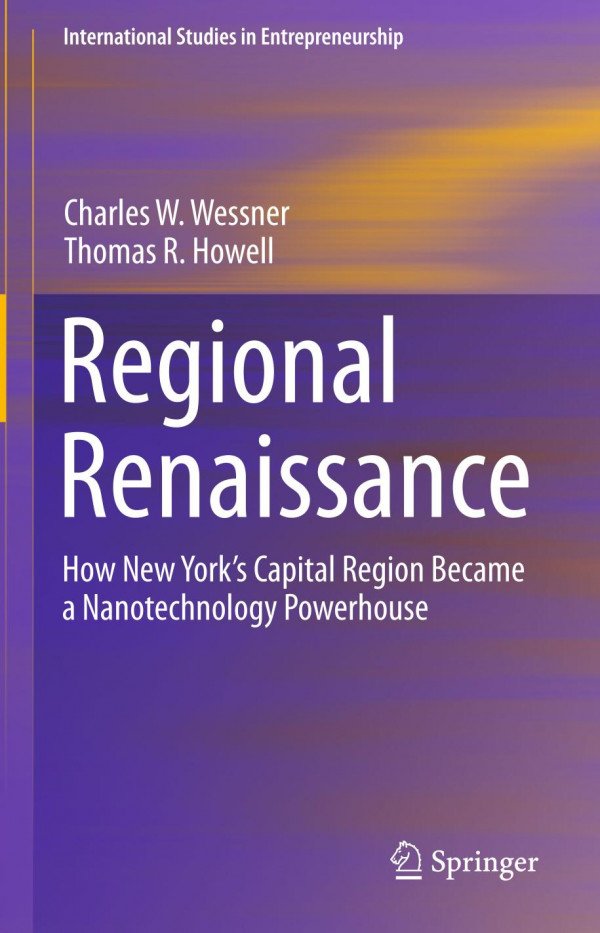

Most ebook files are in PDF format, so you can easily read them using various software such as Foxit Reader or directly on the Google Chrome browser.
Some ebook files are released by publishers in other formats such as .awz, .mobi, .epub, .fb2, etc. You may need to install specific software to read these formats on mobile/PC, such as Calibre.
Please read the tutorial at this link. https://ebooknice.com/page/post?id=faq
We offer FREE conversion to the popular formats you request; however, this may take some time. Therefore, right after payment, please email us, and we will try to provide the service as quickly as possible.
For some exceptional file formats or broken links (if any), please refrain from opening any disputes. Instead, email us first, and we will try to assist within a maximum of 6 hours.
EbookNice Team

Status:
Available0.0
0 reviewsThis book examines ways in which formerly prosperous regions can renew their economy during and after a period of industrial and economic recession. Using New York’s Capital Region (i.e., Albany, Troy, Schenectady, etc.) as a case study, the authors show how entrepreneurship, innovation, investment in education, research and political collaboration are critical to achieving regional success. In this way, the book provides other regions and nations with a real-life model for successful economic development.
In the past half century, the United States and other nations have seen an economic decline of formerly prosperous regions as a result of new technology and globalization. One of the hardest-hit United States regions is Upstate New York or “the Capital Region”; it experienced a demoralizing hemorrhage of manufacturing companies, jobs and people to other regions and countries. To combat this, the region, with the help of state leaders, mounted a decades-long effort to renew and restore the region’s economy with a particular focus on nanotechnology. As a result, New York’s Capital Region successfully added thousands of well-paying, skill-intensive manufacturing jobs. New York’s success story serves as a model for economic development for policy makers that includes major public investments in educational institutions and research infrastructure; partnerships between academia, industry and government; and creation of frameworks for intra-regional collaboration by business, government, and academic actors.